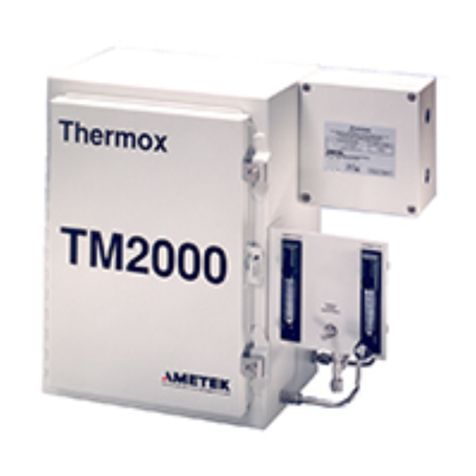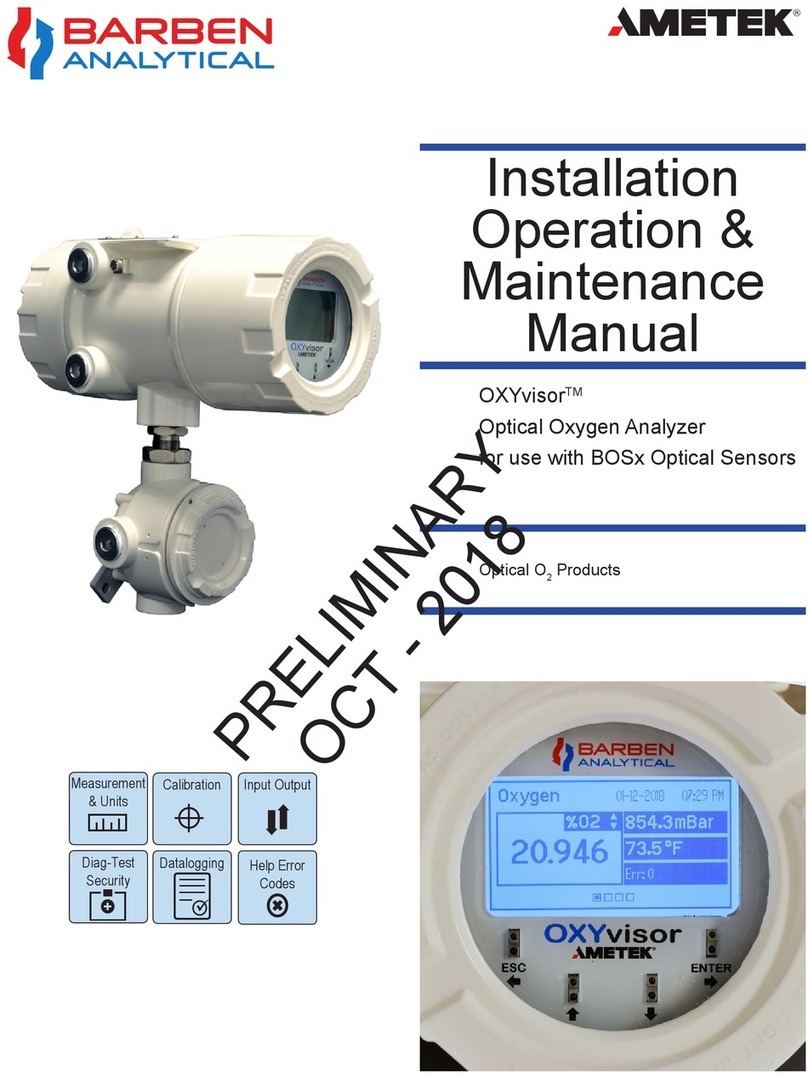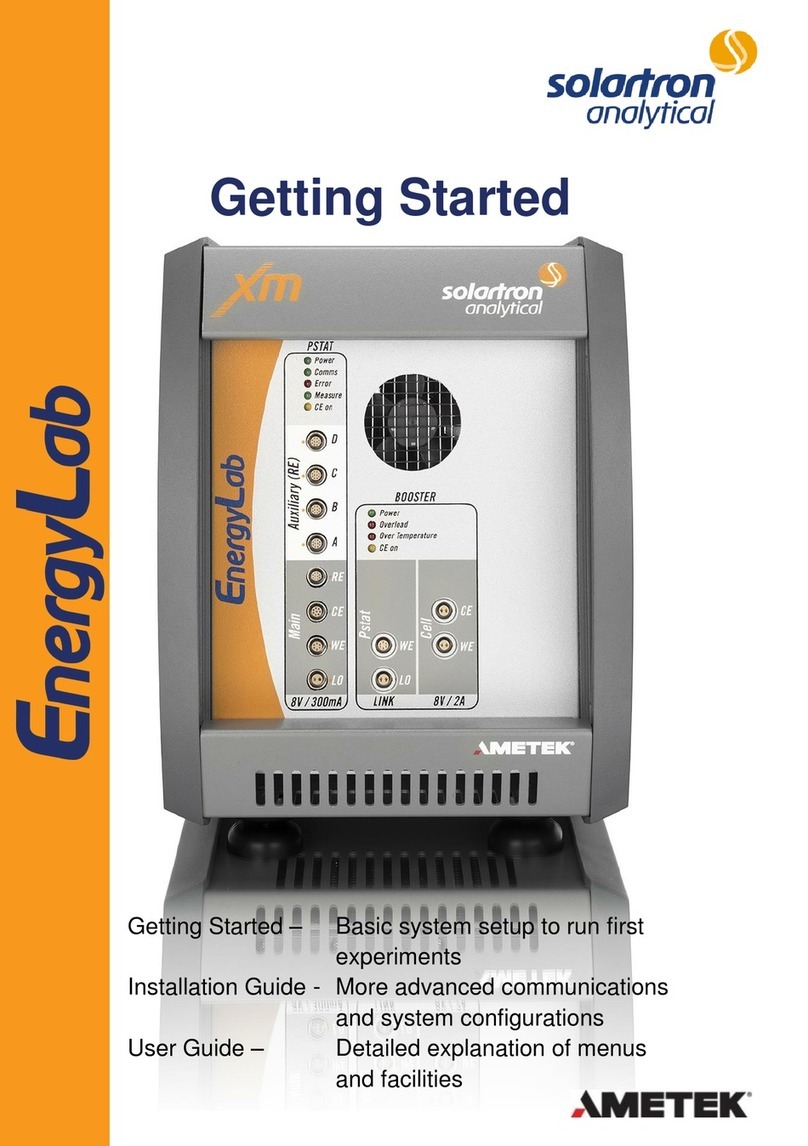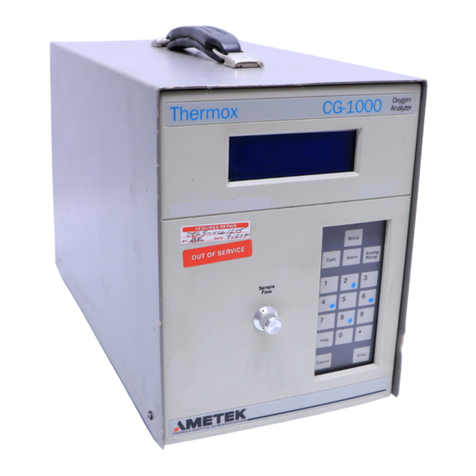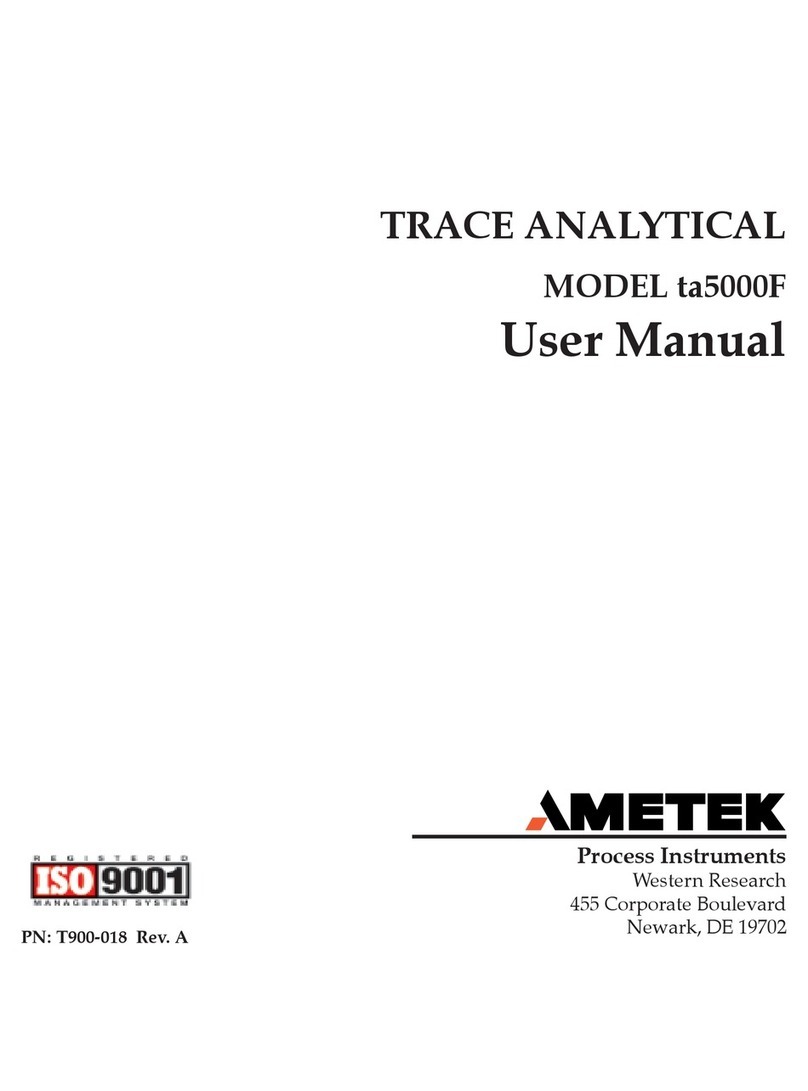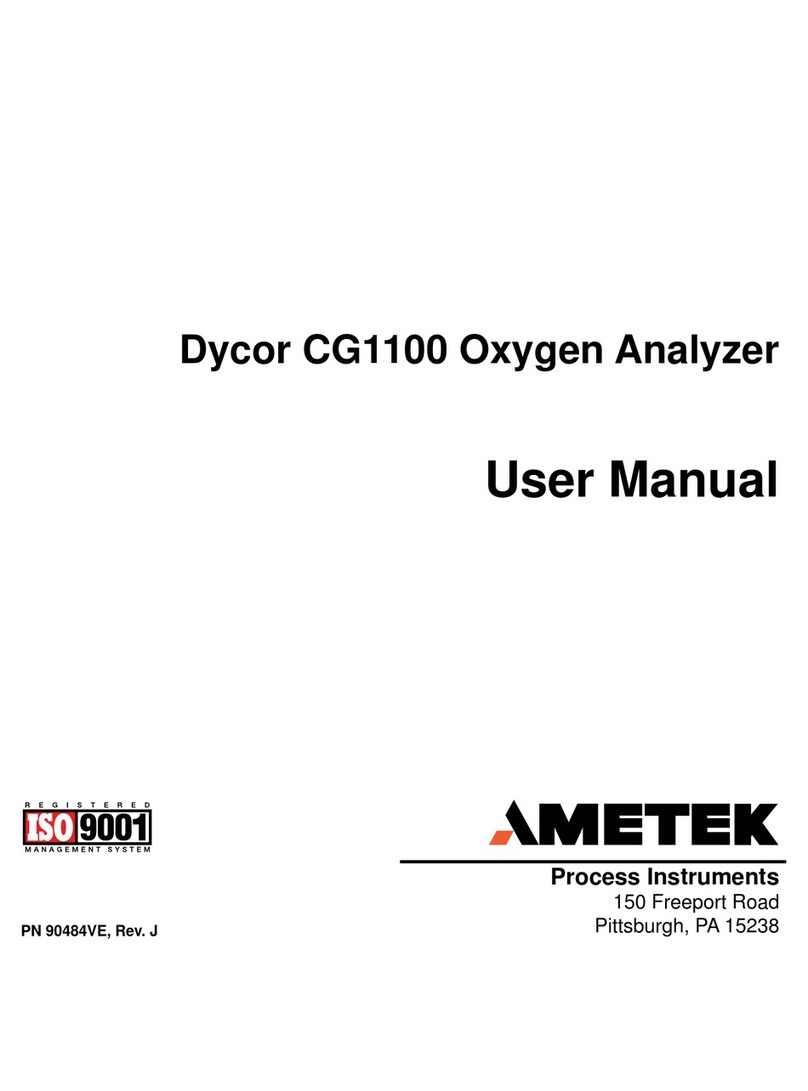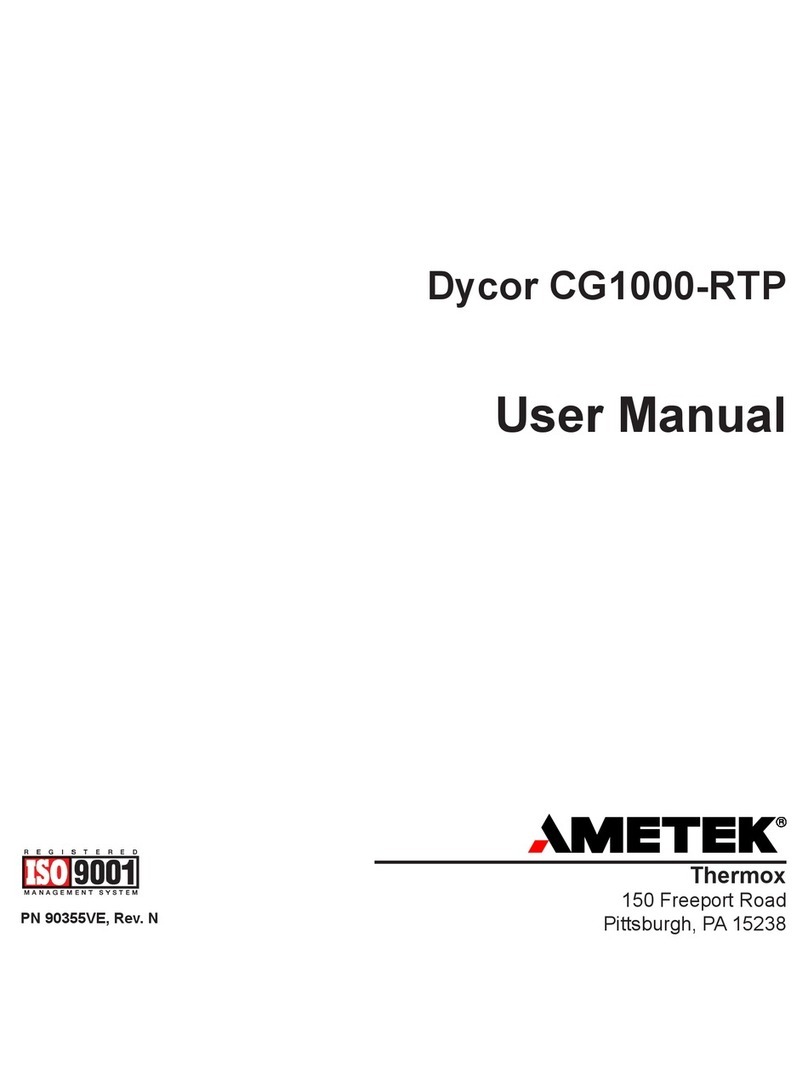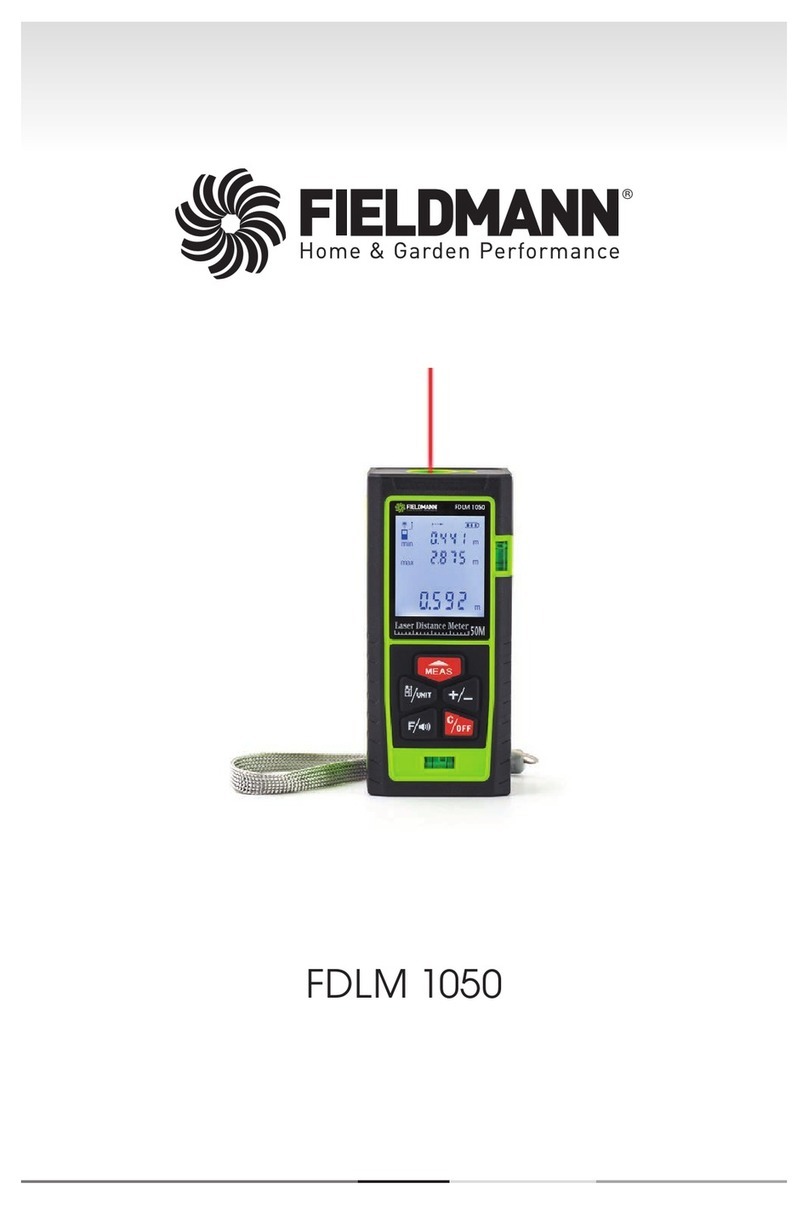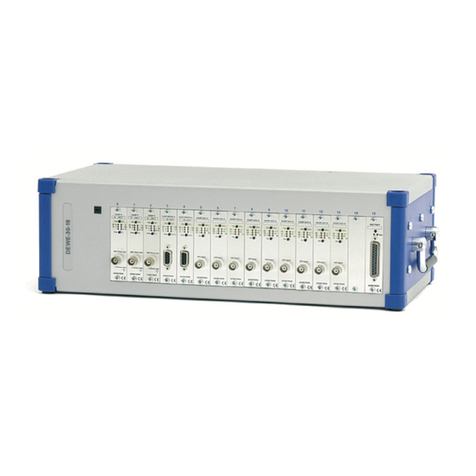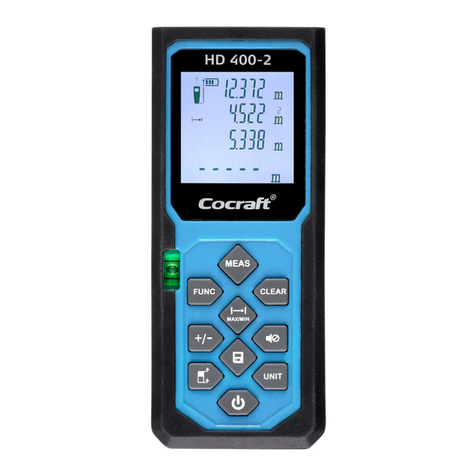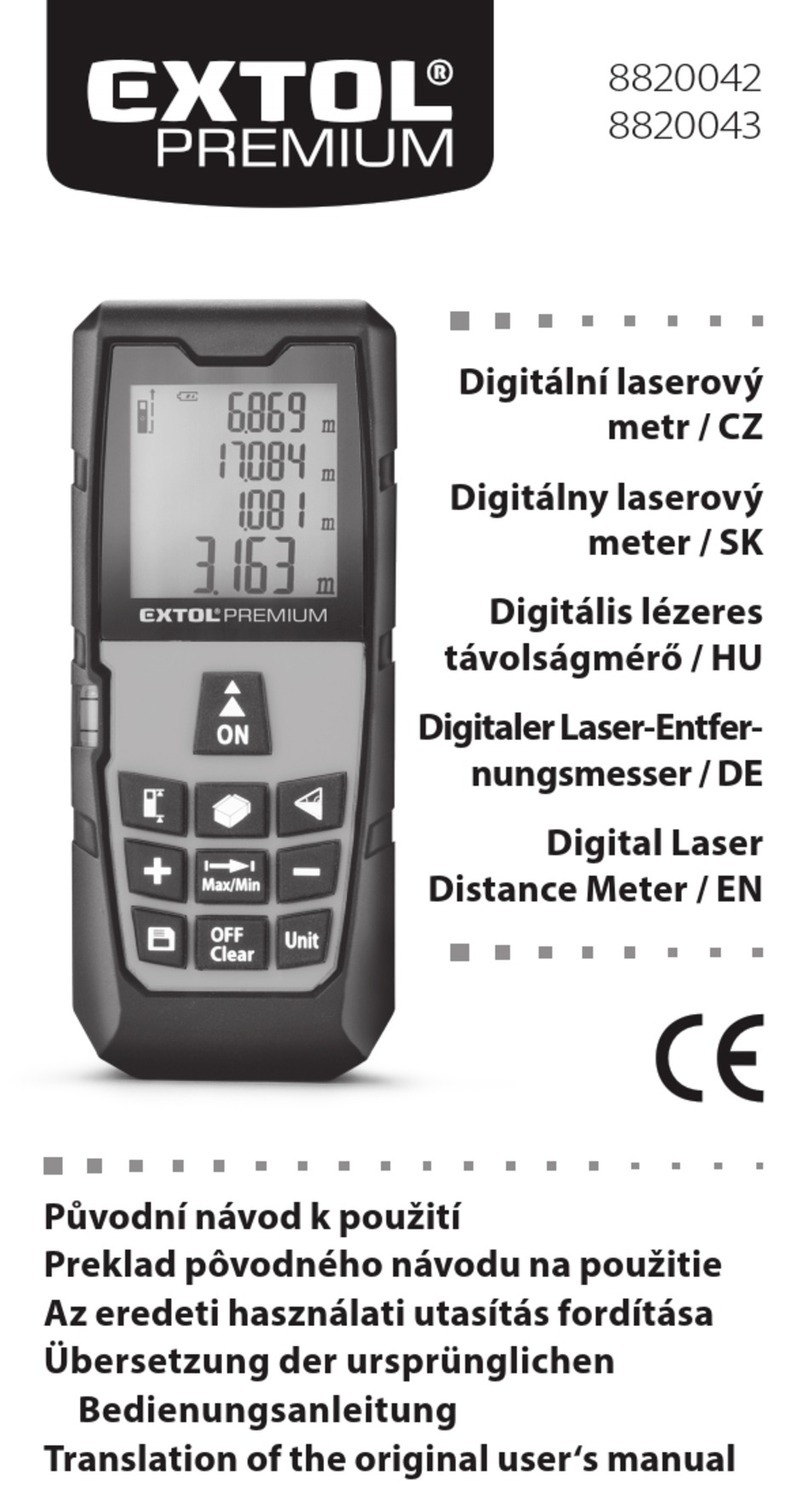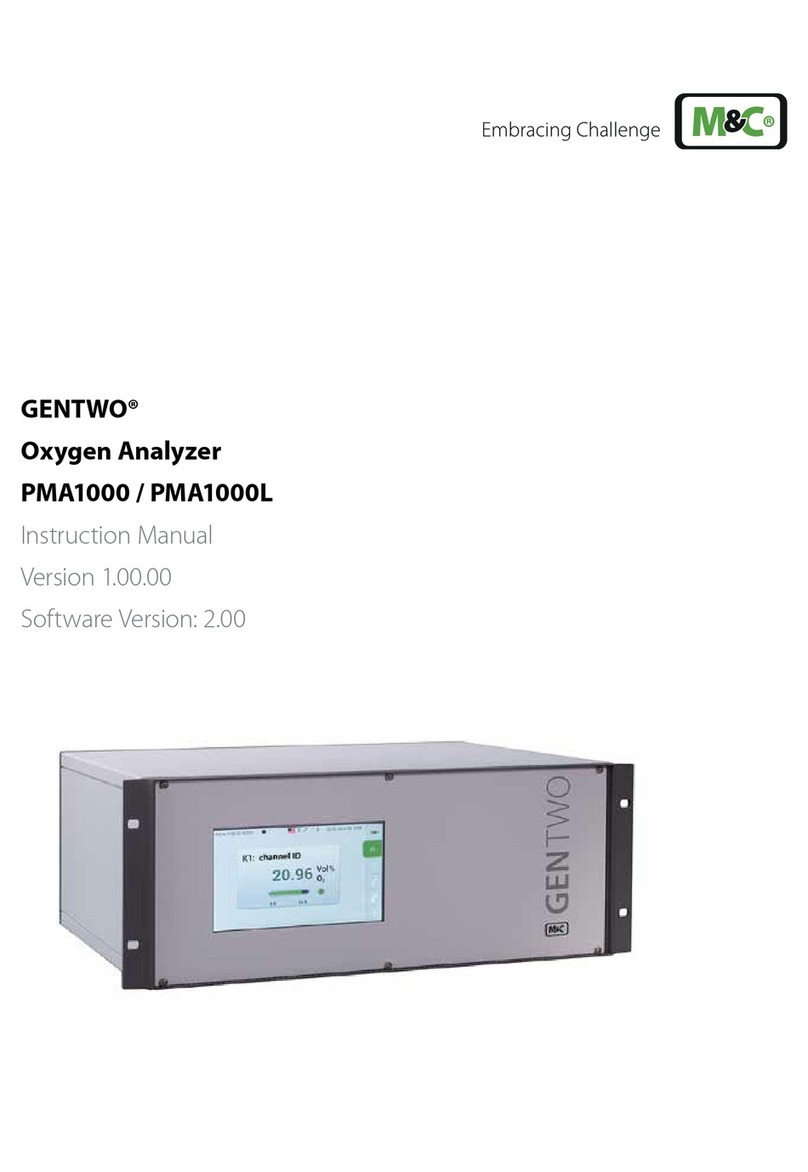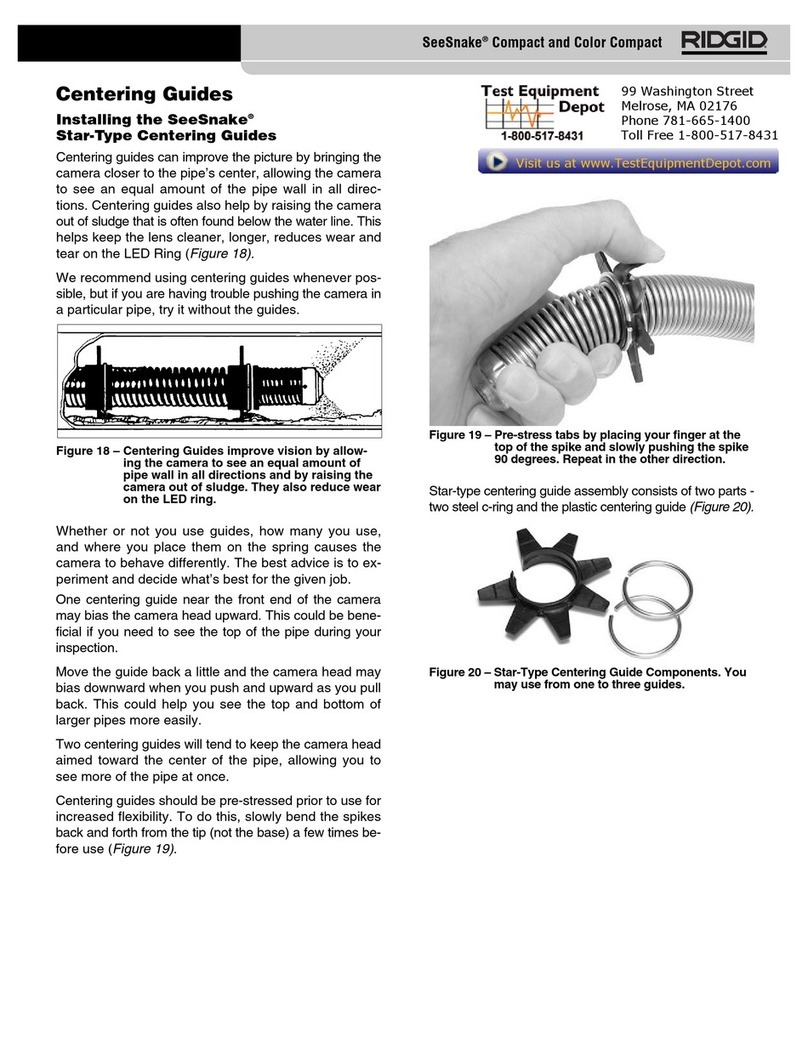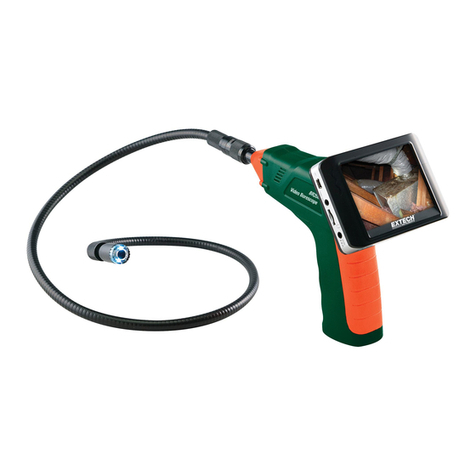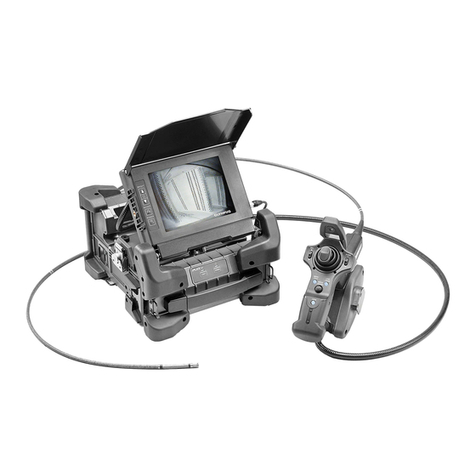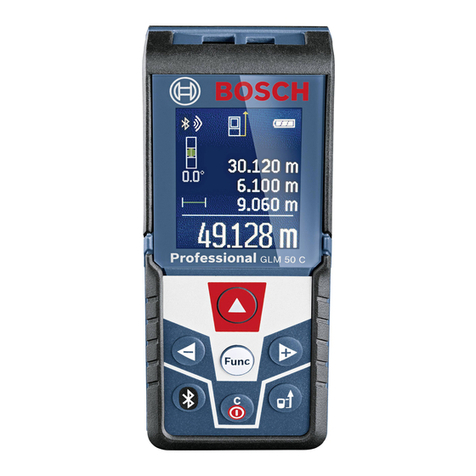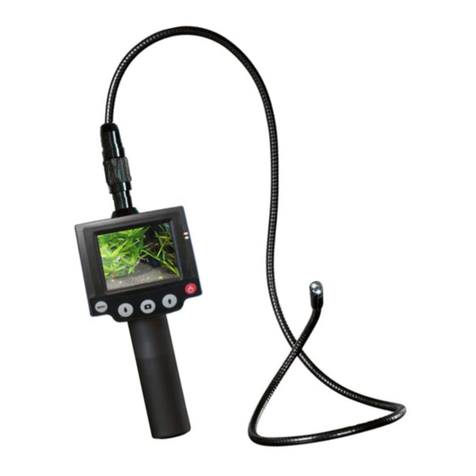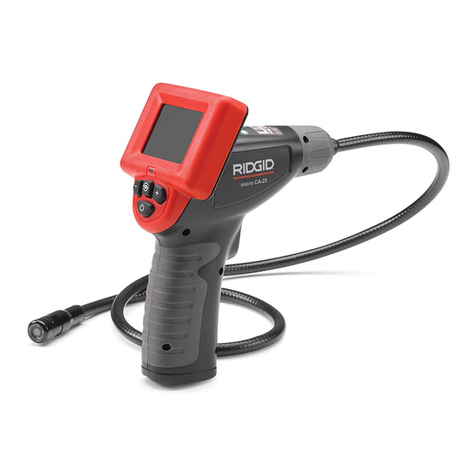
Thermox TM2000 OxygenAnalyzer | vii
Electromagnetic Compatibility (EMC)
Read and follow the recommendations in this section to avoid performance variations or
damage to the internal circuits of this equipment when installed in harsh electrical envi-
ronments.
The various configurations of the TM2000 should not produce, or fall victim to, electromagnetic
disturbances as specified in the European Union’s EMC Directive. Strict compliance to the EMC
Directive requires that certain installation techniques and wiring practices are used to prevent or
minimize erratic behavior of the Analyzer or its electronic neighbors. Below are examples of the
techniques and wiring practices to be followed.
In meeting the EMC requirements , the various Analyzer configurations described in this man-
ual rely heavily on the use of metallic shielded cables used to connect to the customer’s equip-
ment and power. Foil and braid shielded I/O and DC power cables are recommended for use in
otherwise unprotected situations. In addition, hard conduit, flexible conduit, and armor around
non-shielded wiring also provides excellent control of radio frequency disturbances. However,
use of these shielding techniques is effective only when the shielding element is connected to
the equipment chassis/earth ground at both ends of the cable run. This may cause ground loop
problems in some cases. These should be treated on a case-by-case basis. Disconnecting one
shield ground may not provide sufficient protection depending on the electronic environment.
Connecting one shield ground via a 0.1 microfarad ceramic capacitor is a technique allowing
high frequency shield bonding while avoiding the AC-ground metal connection. In the case of
shielded cables the drain wire or braid connection must be kept short. A two-inch connection
distance between the shield’s end and the nearest grounded chassis point, ground bar or termi-
nal is highly recommended. An even greater degree of shield performance can be achieved by
using metallic glands for shielded cable entry into metal enclosures. Expose enough of the braid/
foil/drain where it passes through the gland so that the shield materials can be wrapped back-
wards onto the cable jacket and captured inside the gland, and tightened up against the metal
interior.
Inductive loads connected to the low voltage “Alarm Contacts” are not recommended. However,
if this becomes a necessity, adhere to proper techniques and wiring practices. Install an appro-
priate transient voltage suppression device (low voltage MOV, “Transzorb,” or R/C) as close as
possible to the inductive device to reduce the generation of transients. Do not run this type of
signal wiring along with other I/O or DC in the same shielded cable. Inductive load wiring must
be separated from other circuits in conduit by using an additional cable shield on the offending
cable.
In general, for optimum protection against high frequency transients and other disturbances, do
not allow installation of this Analyzer where its unshielded I/O and DC circuits are physically
mixed with AC mains or any other circuit that could induce transients into the Analyzer or the
overall system. Examples of electrical events and devices known for the generation of harmful
electromagnetic disturbances include motors, capacitor bank switching, storm related transients,
RF welding equipment, static, and walkie-talkies.
